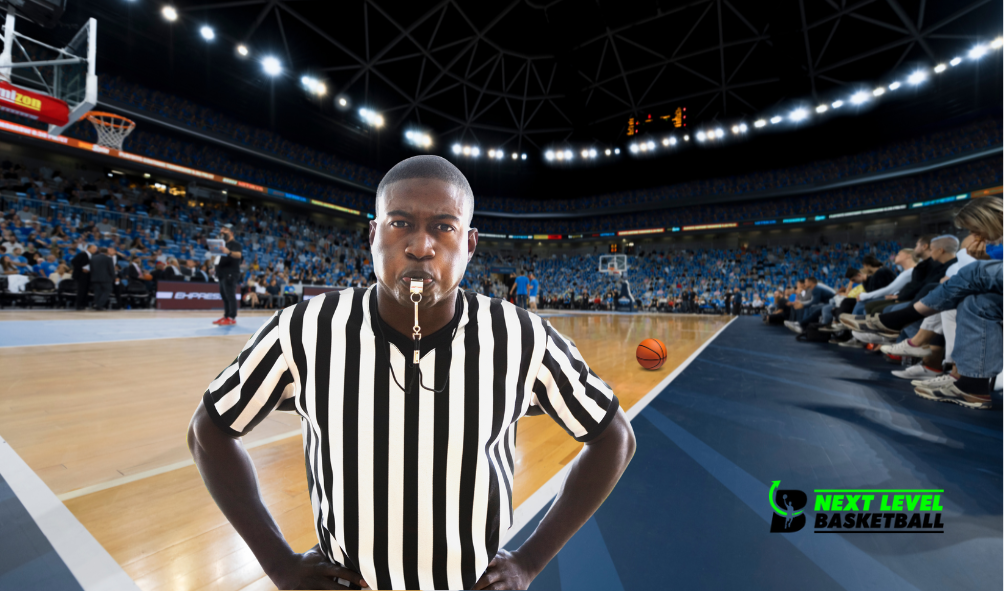Introduction To Basketball Timing Rules
Basketball is a fast-paced sport that requires strategic coordination, not only in skills and teamwork but also in the crucial management of timing. Each basketball game is divided into specific periods, which vary depending on the level of play. In professional leagues like the NBA, the game comprises four quarters, each lasting 12 minutes. Collegiate basketball games, such as those under the NCAA, are played in two halves, each lasting 20 minutes, while international competitions typically use four 10-minute quarters.
Understanding these divisions is essential, as the structure dictates strategies and the overall game pace.
Timing rules also play a crucial role in maintaining the rhythm of the game. The shot clock is a critical element, dictating that a team in possession must attempt a shot within a set timeframe, specifically 24 seconds in the NBA and 30 seconds in college basketball. This rule ensures continuous play and prevents stalling tactics. Furthermore, the game clock stops in specific situations, such as timeouts, fouls, or the ball going out of bounds, allowing teams to strategize effectively.
Mastering the timing rules is pivotal for players and coaches alike, as it influences decision-making and can be the determining factor between a well-executed play and a missed opportunity, ultimately impacting the outcome of the game.
Game Clock And Shot Clock Regulations
In basketball, precise timing plays a crucial role in the flow and strategy of the game, with the game clock and shot clock being central components. The game clock tracks the duration of each quarter or half, depending on the league’s rules—typically, professional leagues like the NBA divide games into four 12-minute quarters, whereas international competitions might have 10-minute quarters. The game clock continuously runs except during stoppages like fouls, timeouts, and out-of-bounds plays, ensuring the actual game time aligns with strategic pauses and player actions.
The shot clock, on the other hand, dictates the offensive team’s length of possession, compelling them to attempt a shot within a set time frame—24 seconds in the NBA and 14 seconds if the offense rebounds the ball after a missed attempt. This regulation not only accelerates the pace of the game but also heightens the intensity as teams strive to organize swift and efficient offensive plays.
Both clocks operate independently yet cohesively, demanding players and coaches to adeptly manage timeouts and utilize halftime for adjustments.
Violations like a shot-clock expiration result in turnovers, as possession is awarded to the opposing team. Precision in controlling the game clock and maximizing shot clock periods showcases strategic acumen and the ability to perform under pressure, critically influencing outcomes in close contests. These timing regulations not only maintain game integrity but also enhance the excitement and competitive nature of basketball.
Types And Categories Of Fouls
In basketball, fouls are critical infractions that disrupt the flow of the game and can heavily influence its outcome. Understanding the types and categories of fouls is essential for players, coaches, and fans alike.
- Personal fouls are the most common type, occurring when a player physically impedes an opponent in a manner deemed illegal by the rules. These can happen either in the act of shooting, resulting in free throws if the shooter is fouled, or during regular play, which might lead to possession changes or further penalties, depending on the situation.
- Technical fouls are issued for unsportsmanlike conduct or other violations that do not fit the traditional mold of physical contact. These fouls can result from inappropriate behavior, arguing with referees, or other forms of misconduct, and they typically grant the opposing team free throws and possession of the ball. Flagrant fouls, considered more severe, involve excessive or unnecessary contact that risks player safety.
These are divided into Flagrant 1, which is not as severe, and Flagrant 2, which often leads to ejection from the game. Accumulating too many fouls during a game can lead to a player being disqualified, highlighting the importance of maintaining discipline and awareness on the court to avoid detrimental consequences for both individual players and their teams.
Understanding Personal And Technical Fouls
In basketball, understanding the intricacies of fouls, particularly personal and technical fouls, is crucial for both players and enthusiasts. A personal foul occurs when a player challenges an opponent unfairly, impeding their movement or giving them an unintended advantage. This could involve excessive physical contact like hitting, pushing, or holding. Each player is allotted a limited number of personal fouls per game, typically five or six, depending on the league.
Exceeding this limit results in the player being disqualified for the remainder of the game. Thus, managing personal fouls is essential for players who wish to remain active participants throughout the contest.
In contrast, technical fouls often relate to unsportsmanlike conduct or violations not directly related to physical play. These can include behaviors such as arguing excessively with referees, using inappropriate language, or disrespecting the rules of the game. Technical fouls can also be issued for procedural violations like having too many players on the court. Unlike personal fouls, technical fouls do not count towards a player’s personal foul tally but can impact the team’s overall performance because they typically result in free throws for the opposing team.
By understanding these fouls and their consequences, players can maintain discipline and strategize effectively to avoid unnecessary penalties, thus maximizing their performance and the team’s overall success.
Penalty Consequences And Free Throws
In basketball, understanding the consequences of penalties and the role of free throws is crucial to grasping the game’s strategic nuances. Penalties typically arise from fouls, which can be categorized into personal and technical fouls. When a player or team commits a foul, it often results in free throws as a form of penalty, offering the opposing team a scoring opportunity without the clock running.
A personal foul includes illegal physical contact, such as hitting, pushing, or blocking a player. If a player accumulates a certain number of personal fouls, typically five in many leagues, they are disqualified from the game.
Technical fouls, on the other hand, are given for unsportsmanlike conduct or violations such as arguing with referees or delay of game. These can also lead to free throws for the opposing team. The number of free throws awarded depends on the type of foul and the specific situation during the game. For instance, if a player is fouled during a shot attempt and misses, they are awarded two free throws for a regular field goal attempt or three if it was a three-point attempt.
If a foul occurs in the final minutes or if a team surpasses a threshold of team fouls in a quarter, additional free throws may be awarded, emphasizing the importance of maintaining discipline throughout the game.
Strategies For Managing Fouls And Penalties
Managing fouls and penalties in basketball requires a blend of strategic planning and real-time decision-making. Coaches and players alike must be acutely aware of both individual and team foul counts to navigate the game’s dynamics. One key strategy involves educating players on maintaining composure and understanding what constitutes a foul, thereby minimizing unnecessary infractions. Anticipating the opponent’s movements and mastering defensive techniques can significantly reduce personal fouls.
When a player accumulates fouls early in a game, it’s crucial for coaches to adjust playing time to prevent disqualification. This often involves rotating in bench players to maintain a strong defense without risking key player fouls. Teams can leverage this moment for strategic time-outs, allowing coaches to communicate adjustments and emphasize discipline in defending.
Furthermore, understanding how referees call games is vital. Players need to adapt quickly to varying officiating styles, which may differ from game to game. Add to this the element of controlling the game pace; by varying tempos, teams can disrupt opponents and protect their players from foul trouble. Addressing penalties also includes honing free-throw shooting skills, as capitalizing on opponent fouls through consistent scoring can be a game-changer.
In tight matches, having a disciplined team that manages fouls effectively can dictate the game’s outcome, transforming potential liabilities into strategic advantages.
Let your child learn the rules of playing basketball. Enroll him/her in a group basketball training with the best basketball coaches at Next Level Basketball today. Contact 954-621-8470 for their first youth basketball development session. Check us out on our Facebook page for regular basketball updates!





